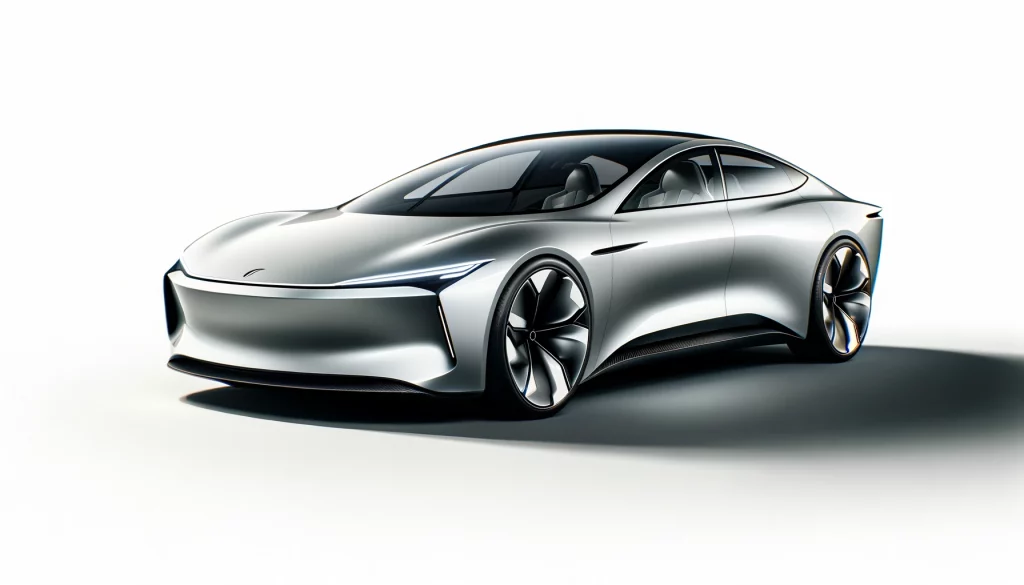Generative AI can be used for a lot of things, but it’s hard to say exactly where the upper limits are. As of now, it seems to be vehicles. Recent news state that Japanese car companies are embracing generative AI to streamline the development process for new models. Utilizing the capability of generative AI to create new variations based on existing data, companies are expecting to significantly improve efficiency and potentially cut the planning and design time by 50%.
Honda is also leveraging Generative AI through its joint venture with Sony
Toyota is leading the charge by utilizing image-generating AI at its US research arm. This AI analyzes car design drawings and calculates air resistance, allowing for adjustments that optimize both design and functionality. Honda is also on board, using generative AI through its joint venture with Sony to develop advanced driver-assistance systems (ADAS) for their upcoming AFEELA car.

Subaru and Mazda are taking a slightly comprehensive approach, focusing on training their workforce in AI principles. Subaru has launched a program to equip over 4,000 engineers with the skills needed to utilize generative AI, while Mazda is making AI training mandatory for all indirect employees in design and experimental departments by 2025. Mazda’s ultimate goal is to double overall production efficiency by 2030. That’s a big goal, but a realistic timeframe and rapidly developing AI technology can propel the company to its forecasted numbers. We can just wait and see what happens.
As car companies race to develop electric vehicles and autonomous driving features, one thing is clear – generative AI will be undoubtedly a powerful tool to speed up innovation and potentially reshape transportation. It will be interesting to see if AI also plays a role in churning out special car designs or functionalities that we haven’t even imagined yet. Imagine being able to say, “My car was designed by Artificial Intelligence.” It could be a flex, or not. That’s up to you!
RELATED:
- Nvidia Unveils Eos Supercomputer to Push the Boundaries of Artificial Intelligence
- China is Suffering from Lack of AI Experts Amidst Growing Artificial Intelligence Industries
- Get the Realme GT5 Pro phone on Giztop for $599
- Get $100 OFF on Xiaomi 14 Pro at Giztop (1TB Variant)
- How to hide WhatsApp chats without archive
(Via)







